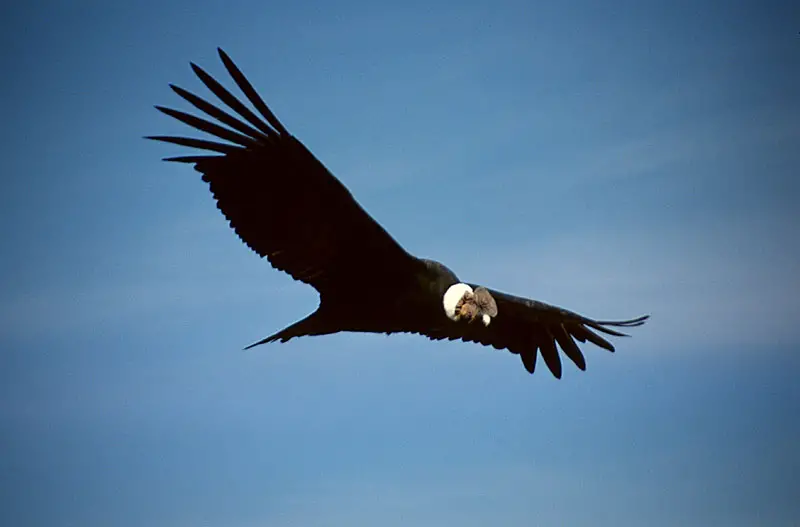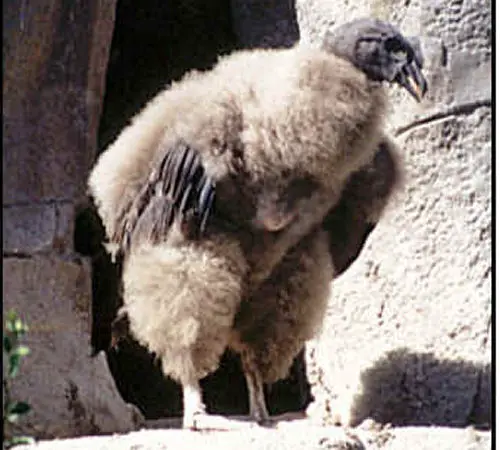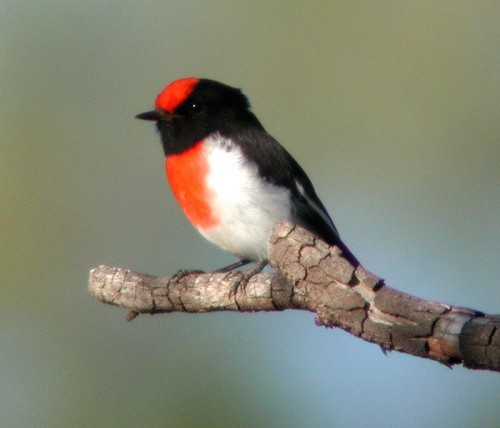Andean Condor
Andean Condor is the the record holder of having the largest wing area of all birds, and is the second in terms of wing span (after Wandering Albatross). Even though the Andean Condor is not a very attractive bird, its flight has an unrepeatable fullness and elegance. These large birds live live near the Western coast of South America.
The Andean Condor reaches a body length of 130 cm and a wingspan of up to 320 cm, while the total body mass is around 12 kilograms, also making it the heaviest predatory bird on Earth. A sitting bird would reach an average sized man’s chest. What distinguishes Condors from vultures is that the female is usually smaller in size than the male, while for vultures it’s the other way round. Mature bird’s plumage is black, with a ruff of white hair around the neck and white feathers on the wings. Head and neck are bare and dark red to black, while the beak is rather short and round.
These birds live in territories very high above sea level and they often choose resting places on top of steep cliffs many hundred metres above ground. When flying and gliding, the Andean Condor uses the warm air streams that bring him up. When at a certain height, the condor can easily glide and circle for hours. These large birds have been seen to be flying in areas as high as 7000 m above sea level.
When gliding in the air, the Condor constantly observes the ground, trying to find a meal. When searching for food, the Andean Condor flies multiple hundred kilometres every day. Upon spotting an animal killed by a puma or another predator, the bird nosedives at great speed and starts ripping off chunks of the dead animal, using the beak. Their favourite meat is Guanaco’s, but the Condors never hunt animals themselves. Although Condors look similar to vultures and they both eat carrion, the similarities are actually only in the appearance. Studies show that Condors are more closely related to storks.
The nesting period lasts September through January. After finding a partner, the birds engage in a small rutting ritual, after which they land on a cliff together. After copulation, the female lays a single white egg, usually on an inaccessible cliff hang. After 7-9 weeks a young Condor hatches, who’s still covered in thick flock. The hatchling takes its time developing, as the parents keep feeding their offspring for at least two years, although they can fly already six months after hatching.
Andean Condors live for up to 50 years, and they mate once a year. These limited reproduction abilities, combined with the fact that there is less and less food available for them, results in that the population of these birds is on a decline.





i love its color.its so cute to look them for an hour.i hope do love them ,too.bye.from a grade 5-1 pupil.